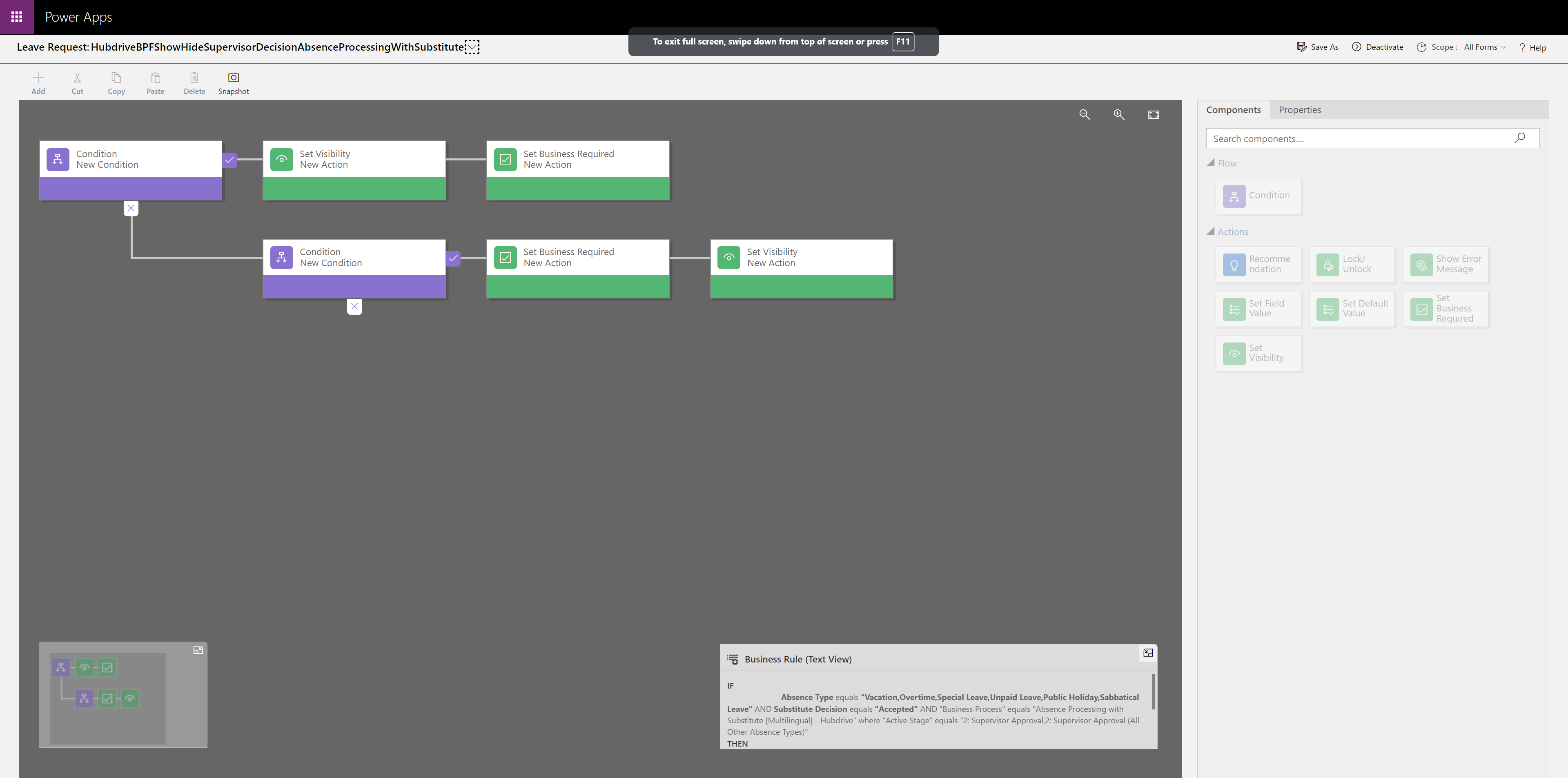The Purpose of Creating Business Rules:
Creating and customizing business rules in Power Apps serves several key purposes:
- Automate Logic: Business rules allow you to automate decision-making processes and enforce specific logic without the need for coding.
- Data Validation: Implement data validation rules to ensure data accuracy and consistency.
- User Experience: Enhance the user experience by guiding users through data entry processes and ensuring data integrity.
